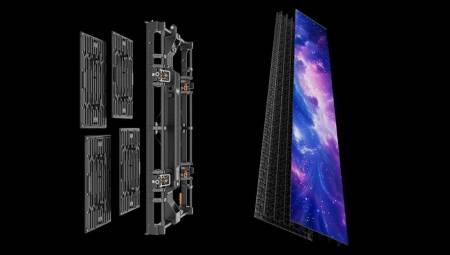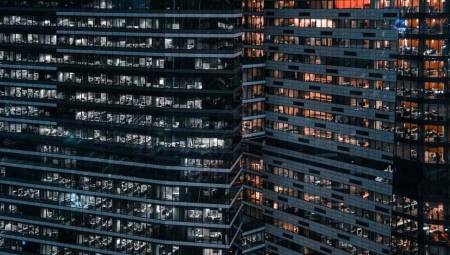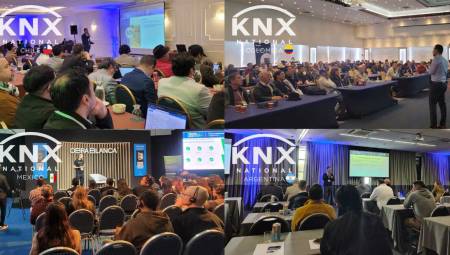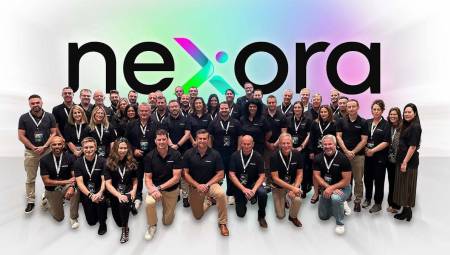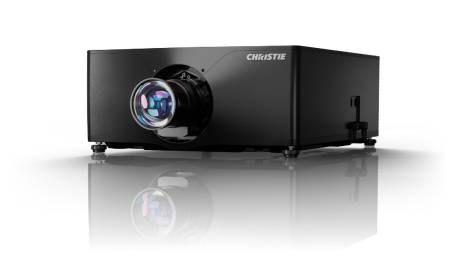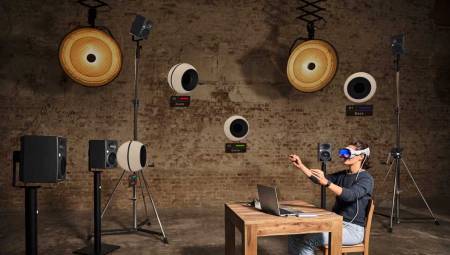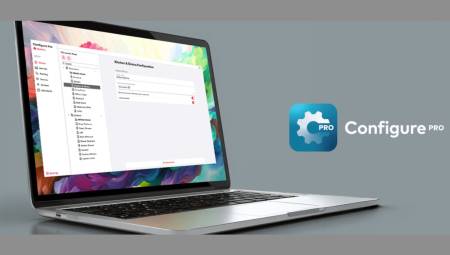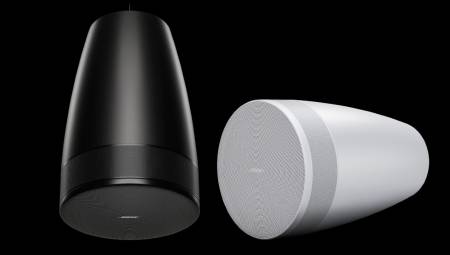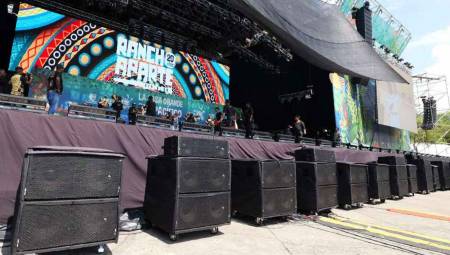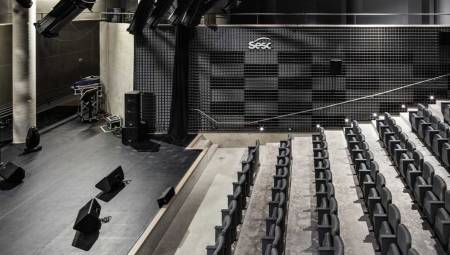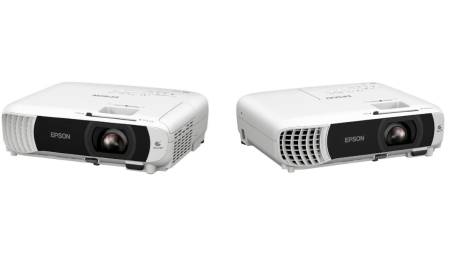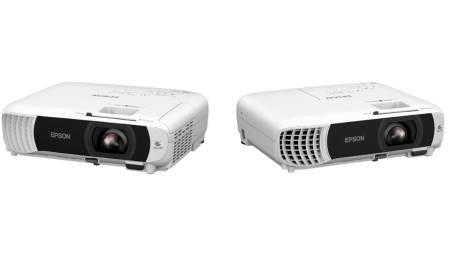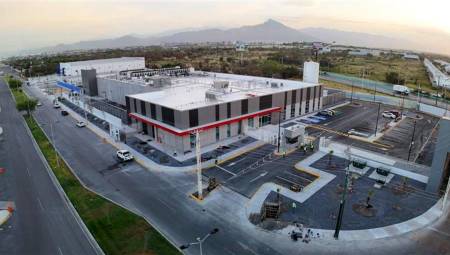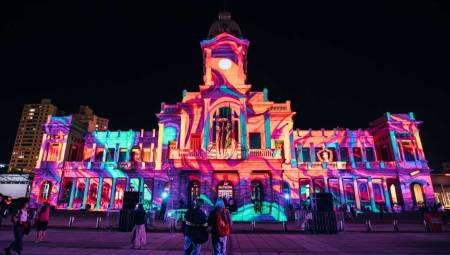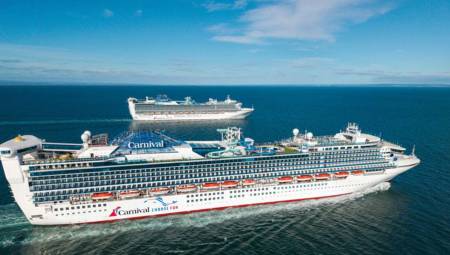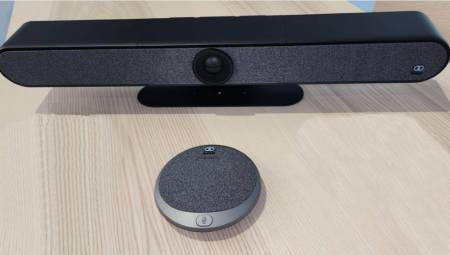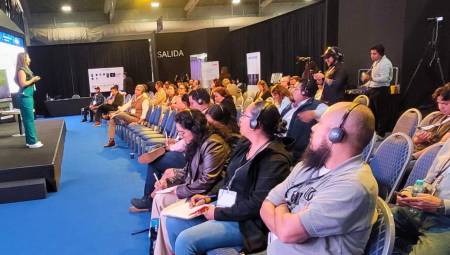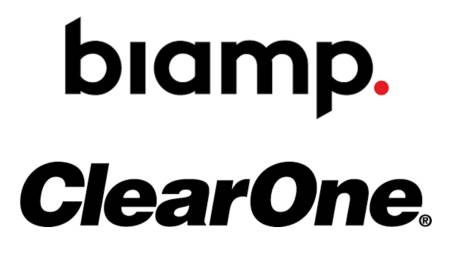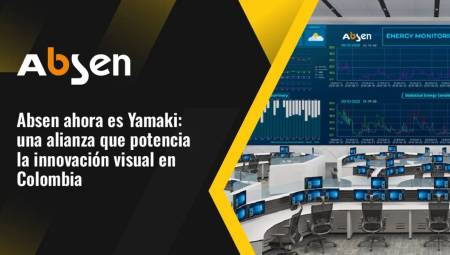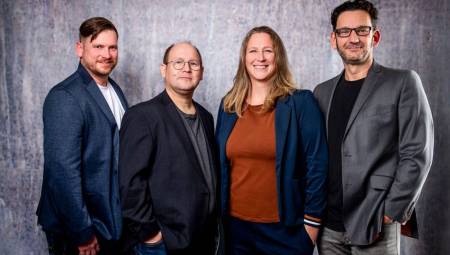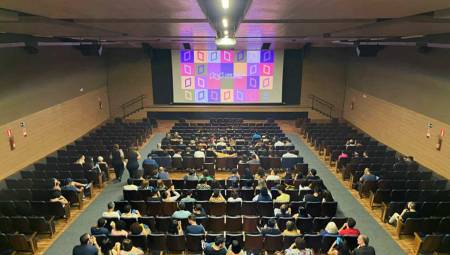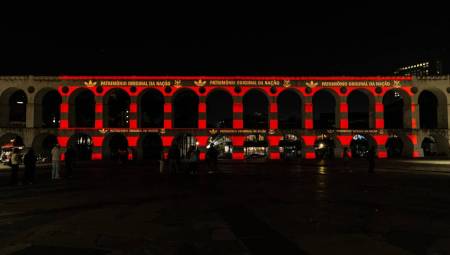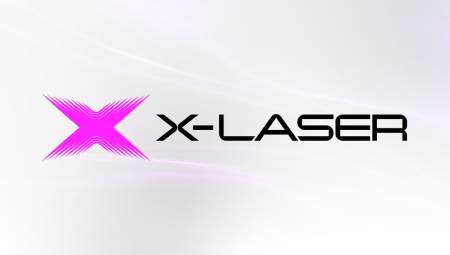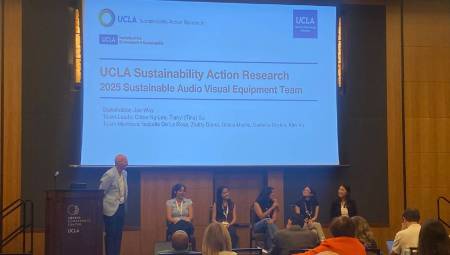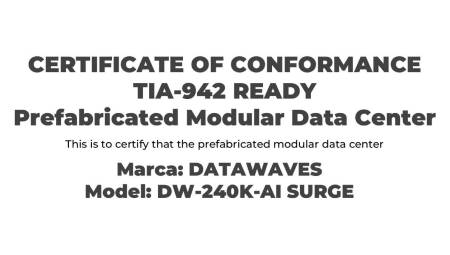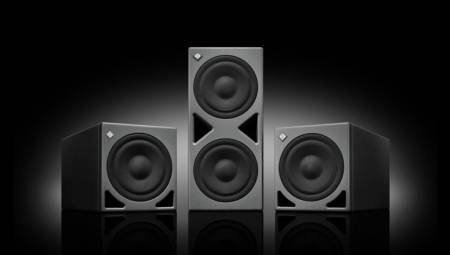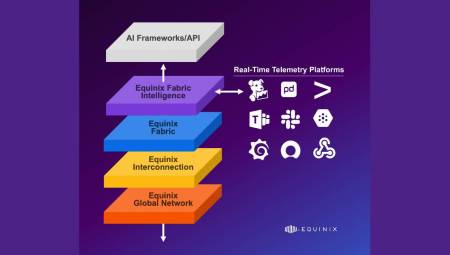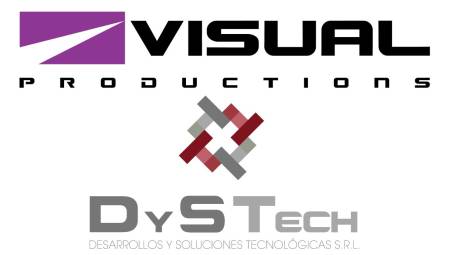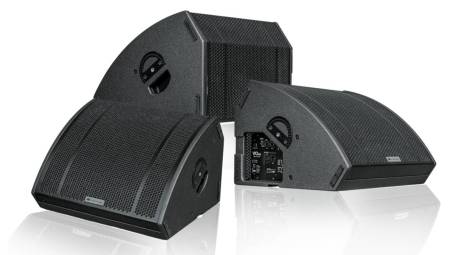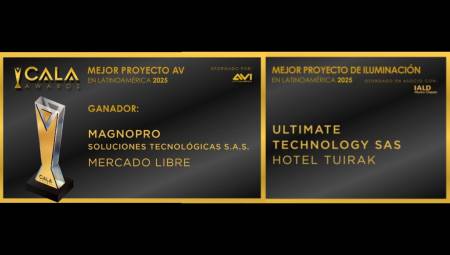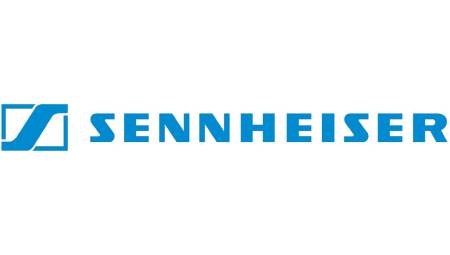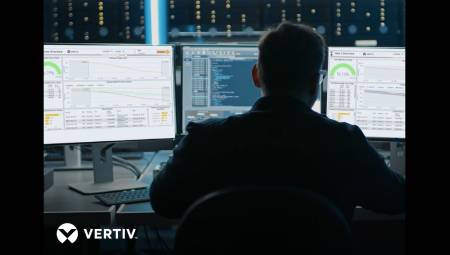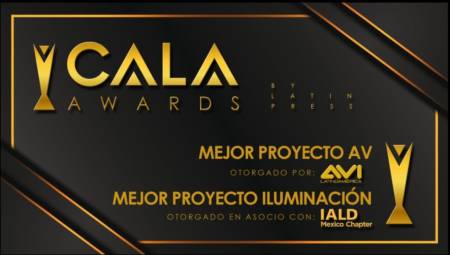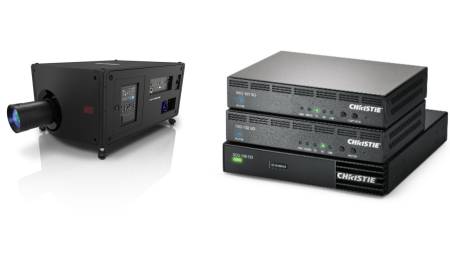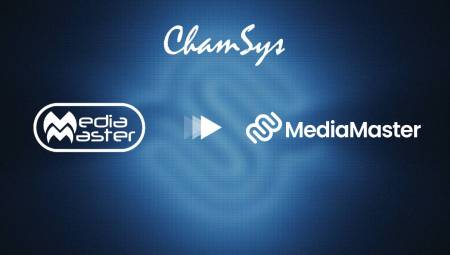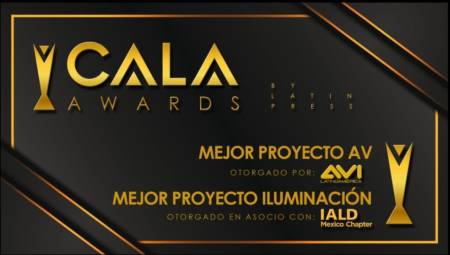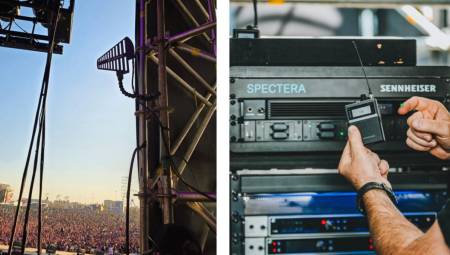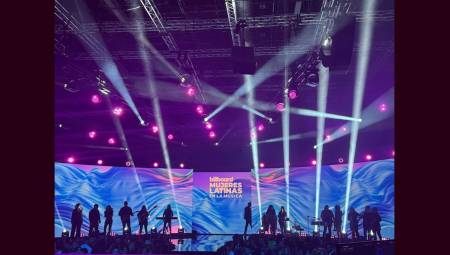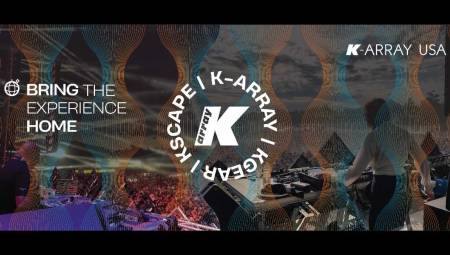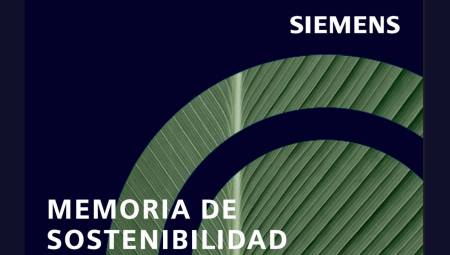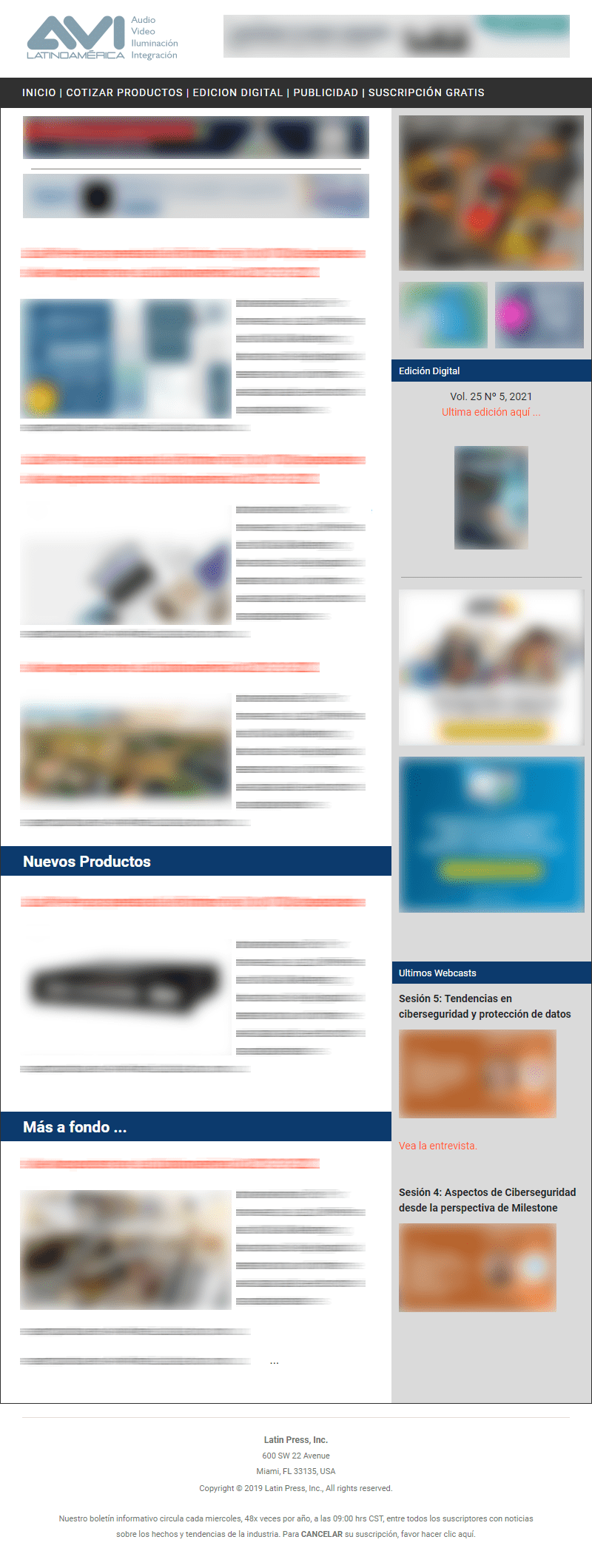A setback or a catalyst for one's own sustainability?
By Juan Carlos Medina*
The professional audiovisual (AV) industry is at an inflection point. The U.S. Environmental Protection Agency's (EPA) announcement that the ENERGY STAR specification for certain products will cease, effective August 20, 2025, has sounded like an alarm bell in an industry that is increasingly committed to sustainability.
This program, for years, was the main compass for manufacturers, integrators and end users to quantify and choose energy efficiency, translating environmental benefits into tangible operational savings.
The EPA's decision, although justified from its perspective, forces professionals to reevaluate their efficiency strategy and actively seek new paradigms of performance and responsibility. The impact goes beyond the simple loss of a label; poses challenges and, at the same time, opens the door to more specific solutions adapted to the complexity of modern AV/UC systems.
The Context of the Decision: Technology That Exceeds the Standard
According to the EPA, the fundamental reason for this discontinuation lies in the "lack of capacity to periodically review and update the technical specifications." In a world where technological advancement is dizzying, maintaining a relevant standard that ensures only "high-efficiency" products qualify has become an untenable task for the agency.
This argument, while bureaucratic, underscores an inescapable reality in technology: innovation often overshadows the ability to regulate. When the majority of products in a category already meet or exceed the standard, the label loses its differentiating value. ENERGY STAR was set to move the needle; When the needle has already moved significantly, a new reference point is required.
However, for an industry like AV/UC, which handles large energy-consuming infrastructures (large-format screens, media servers, video walls, 24/7 videoconferencing equipment), the regulatory vacuum is palpable. For years, the label simplified institutional purchasing decisions, allowing customers with sustainability mandates to prioritize energy-efficient products. The absence of this seal will force much greater diligence in reading specification sheets and verifying consumption data.
The Impact on Sustainability and Innovation Globally
The end of such an internationally recognized certification, even if it originates in the U.S., raises a critical question for industry leaders: Will the pace of development of energy-efficient technologies slow down?
While there are concerns that removing pressure from an external standard may relax R+D efforts, market trends suggest otherwise. Sustainability is no longer a fad or a simple niche; it is a business, operational and financial imperative.
- Institutional Market Pressure: Large buyers (governments, universities, Fortune 500 corporations) have their own strict ESG (Environmental, Social and Governance) mandates. These purchasing criteria will not disappear; in fact, they will become more detailed. Manufacturers will need to respond with clear performance metrics, verified by third parties or based on international standards.
- Operational Savings as the Main Driver: In the AV/UC sector, energy efficiency is synonymous with reduced total cost of ownership (TCO). Lower consumption means lower electricity bills and less need for expensive cooling systems, a critical factor in large control rooms or data centers. This economic incentive is often more powerful than any voluntary regulation.
- Adoption of International and Regional Standards: The industry will seek refuge in other existing standards, such as the ISO 50001 (Energy Management Systems), IEC (International Electrotechnical Commission) series or European Union regulations, which have historically been more rigorous in terms of eco-design. This shift could, paradoxically, standardize efficiency at a more global and robust level.
The Specific Challenge of the Professional AV Industry
The EPA's decision was not generic; He referred directly to the difficulties encountered with our sector. The agency's statement explicitly stated that it was unable to propose new energy-efficient levels for commercial AV equipment due to "insufficient information on product performance" and lack of input from stakeholders on how to differentiate these models.
This conclusion is a reflection of the complexity inherent in professional AV equipment:
1. Diversity of Operations: A video switcher can have a very different consumption in standby mode, in operation with minimum load or with maximum load (for example, with all inputs and outputs active). UC equipment, such as video bars and smart cameras, have varying consumptions based on AI processing power and streaming quality.
2. Lack of Data Standardization: The AV industry lacks a unified and mandatory method for reporting energy consumption in different operational scenarios. The old ENERGY STAR standard attempted to unify it, but the EPA deemed it outdated and difficult to enforce at the speed of today's innovation.
The reaction of the Consumer Technology Association (CTA), asking the EPA to maintain the specification specifically for commercial audio and video, underscores the value that the industry placed on this seal as a sales and differentiation tool. The CTA recognized the strong demand from institutional buyers and the role of the program in driving innovation.
The Way Forward: Concrete Alternatives for the Professional
The demise of ENERGY STAR is a call to maturity for the AV/UC industry. Sustainability cannot depend on a single government label; It should be a practice integrated into the product and project lifecycle. Manufacturers and integrators now have a responsibility to build credibility through transparency and the adoption of alternative standards.
I. Manufacturers' Strategies: Beyond the Label
Proactive manufacturers are filling the gap with concrete actions:
- Internal Standards and Proprietary Ecolabels: Leading companies are developing their own rigorous efficiency protocols, often audited by third parties. This includes the creation of "Premium Efficiency" or "Sustainable Design" labels that exceed the criteria of the old ENERGY STAR and offer real-time consumption metrics and in different operating modes (Standby, Idle, Peak).
- Operational Data Transparency: The focus shifts to the publication of detailed consumption data, including BTUs/hour (for HVAC planning) and Minimum/Maximum/Typical Power metrics, allowing AV/UC integrators and design consultants to incorporate them directly into their TCO models.
- Adoption of Global Management Standards: Certifications such as ISO 14001 (Environmental Management) and ISO 50001 (Energy Management) become essential. Although they certify the company's process and not the product, they demonstrate a systemic commitment to continuous improvement in efficiency.
II. Opportunities for AV/UC Integrators and Consultants
For the professional who designs and implements solutions, this change represents an opportunity to offer superior consultative value:
- TCO as a New Sales Axis: The sales pitch should evolve from "Buy ENERGY STAR" to "Optimize TCO". Integrators must master the calculation of energy cost over the life of the system, demonstrating how a larger upfront investment in highly efficient equipment translates into thousands of dollars of operational savings and a lower carbon footprint.
- Energy Monitoring and Management Systems: Future AV/UC efficiency lies not only in the hardware, but in the software. The professional must integrate energy monitoring and management solutions that:
- Automatically turn off unused equipment (smart sleep modes).
- Optimize energy use based on schedule or room occupancy.
- Report consumption in real time to the customer, offering verifiable sustainability metrics.
- Specification Based on Holistic Standards: When designing, it is recommended to use sustainable building standards such as LEED (Leadership in Energy and Environmental Design) or WELL, which consider the energy use of all building systems, including AV/UC. Specifying teams that contribute to these credits becomes a key competitive advantage.
Conclusion: Sustainability is a Design, Not a Label
The goodbye to the ENERGY STAR specification for certain AV/UC equipment is not the end of energy efficiency in our industry; it is the transition from a voluntary program to a market requirement. The planet, and its industries, are not waiting for alternatives; they are creating them.
For AV and unified communications professionals, the message is clear: sustainability in systems design now requires a deeper approach, based on manufacturer data transparency, the implementation of smart energy management strategies, and the adoption of long-term financial metrics such as TCO. Efficiency is no longer a feature but a fundamental pillar of cutting-edge AV system engineering.
*Juan Carlos Medina, CTS, is the director of the integration company Viewhaus and SaVe's ambassador for Mexico. You can contact him through [email protected]





